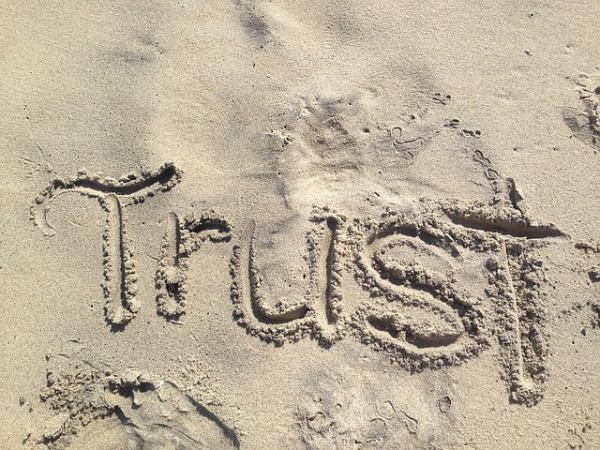I have spent a lot of my working life, attempting to understand and communicate risk and uncertainty. The first question by many patients is, what are my chances? And to be a fair information broker, I have to explain how successful surgery or medical management will be and address that often unspoken question of will I die? Writing about health and science doesn’t carry the same immediate consequences. Still, the responsibility of being a fair information broker is unchanged. Given that science involves uncertainty and that some scientific topics, like climate change, involve risk, a new paper looks at how expressing predictions and uncertainty interact.
The researchers considered two forms of scientific predictions, using climate change as their model. A scientist could express their prediction as falling within a range, what the researchers termed “fully bounded uncertainty” – “Global warming will cause sea level to rise about 4 feet, but it could be as little as 1 foot or as much as 7 feet.” Or scientists could express the worst-case scenario, “high partially bounded uncertainty,” – Global warming will cause sea level to rise about 4 feet, but it could be as much as 7 feet.” Worst-case scenarios incite action; I know that from personal experience. Nothing moves a patient faster towards surgery than indicating that without treatment, they will suffer a loss or die.
Researchers presented these variations of scientific description, along with one other I will mention in a moment to roughly 1200 American adults in an Internet-based survey. There was a message containing no uncertainty, used as the baseline. In addition to the usual demographics, researchers characterized the respondents' political party identification, liberal/conservative viewpoint, and since the message was about the impact of climate change on our coastlines, whether the respondents lived by the coast. The outcome of interest was how these two ways of presenting uncertainty influenced the participants’ acceptance of the message and their trust in the scientists.
When the message had that fully bounded expression, “as little as 1 foot or as much as 7 feet,” the respondents were more trusting of the scientists and by extension, more accepting of their message, as compared to that baseline message reflecting no uncertainty. It seems people respond to “fair and balanced,” although the size effect was small, a roughly 8% change in attitudes.
A message expressing that worst-case scenario only, didn’t move the needle of trust or acceptance at all compared to the baseline message. Catastrophizing predictions did little to deepen trust or shape opinion. On the Internet, they serve as clickbait or confirm an echo chamber belief, rather than facilitating discussion.
When making predictions, scientists, and physicians for that matter, often add a disclaimer about overall certainty. Surgeons refer to the “art” of medicine; lawyers state that “prior performance is no guarantee of future success;” scientists indicate that other unconsidered factors may be at play.
The researchers then added that additional statement about overall certainty to the statements. There was no change in presenting the worst-case scenario; it still did not alter trust or acceptance. But for that fully bounded prediction, for what I have been calling a “fair and balanced prediction,” all that gained acceptance and trust was lost. It seems that we can process some but not all uncertainty.
“Scientists who openly admit the limitations inherent in their predictions may bolster their credibility and as a result may increase the appropriate use of scientific findings by non-experts. These gains may be nullified, and even reversed, when scientists acknowledge that no matter how confidently they can make predictions about some future scenarios, the full extent of the consequences of those predictions cannot be quantified.”
As with many of our behaviors, there appears to be a Goldilocks moment, not too little, not too much. As a physician, I can say that it is easier to find the sweet spot, the conversation is one-on-one, and you have a host of eye and body movements to help you see when you are approaching the limits of acceptance. In reporting, either studies or media such as this, behavioral clues are absent, making identification of too much uncertainty challenging to gauge. What is clear, though, is that worst-case scenarios serve to attract our attention more than advance trust and belief — another unintended consequence of an attention society.
Source: Acknowledging uncertainty impacts public acceptance of climate scientists’ predictions Nature Climate Change DOI: 10.1038/s41558-019-0587-5




